Études de cas
Justice réparatrice
* For image references, please scroll to the bottom of the page.
Author of case study: Greg Labrosse
Geopolitical location of space:
2001 Saint-Laurent Boulevard
Montréal, Québec
(since 1995)
Extant? Yes
Architect:
Original architect: unknown
Building renovation: Jacques Coulloudon (2011)
Renovation financed by: Stratégie des partenariats de lutte contre l’itinérance (SPLI)
The First Peoples Justice Center is housed within the Native Friendship Center of Montreal and opened its doors in the spring of 2017 for service provision. It was incorporated in 2014 following the “Aboriginal Justice in the Greater Montreal Area” report by the Justice Table of the Montreal Urban Aboriginal Community Strategy Network (March 2013). The report highlighted the lack of continuum of services for Indigenous peoples in Montreal in conflict with the law. It also highlighted the absence of alternatives and of a community approach to justice based on Indigenous principles and cultures.
For over 40 years the Native Friendship Centre of Montreal has provided continuous services to the urban Indigenous population of Montreal and their families and is the only comprehensive service and referral point in the Greater Montreal Area (GMA) in relation to health, social services, legal, orientation/information, education, training, and employment referral for those migrating to or through the city including those from across Quebec, Canada, and the Americas.
Yes. The First Peoples Justice Center currently works towards developing alternative healing options for Indigenous persons involved in the justice system in Montreal. It also supports Indigenous people through active listening, referral and accompaniment to municipal court appointments and processes (for example, Gladue reports).
Services offered:
The First Peoples Justice Center of Montreal’s mission is to work in partnership with the Indigenous community and the justice system in Montreal to:
1. support, inform and empower Indigenous persons in addressing their justice issues and in continuing their transition to a healthy and balanced quality of life.
2. indigenize the justice systems, including educating key players, to engage with Indigenous persons in a fair, culturally respectful and restorative way.
Opening hours:
Monday: 9am-5pm
Tuesday: 9am-5pm
Wednesday: 9am-8pm
Thursday: 9am-5pm
Friday: 9am-4pm
Saturday: closed
Sunday: closed
Yes, it supports Indigenous people through active listening and alternative healing options for Indigenous persons involved in the justice system in Montreal.
Members of the Indigenous community of Montreal and the surrounding region.
The site is open to the public, but the center is focused on offering services to members of the Indigenous community.
The First Peoples Justice Center is located within the Native Friendship Center building at the corner of St-Laurent Boulevard and Ontario Street. The historic three-story building (built in 1903) used to be a branch of the Banque du Peuple and its design is representative of the Beaux-Arts architectural style popular at the time (most notably for the pilasters and large windows of its southern façade).
Inside, the building has been divided into several functional spaces: the welcoming area on the first floor, the mezzanine (where food services are found), and the offices located on the top floor.
Due to its location right in the heart of the city, the Native Friendship Centre offers Montreal’s Indigenous community a number of essential services and plays a vital role in attending the needs of Indigenous people living in precarious conditions. As such, it not only offers paralegal services, but also a day centre, where coffee, soup, bannock, and a safe space are available.
According to Quebec’s Commission des droits de la personne et des droits de la jeunesse, the Indigenous population in Montreal is one of the most discriminated-against groups in the city. The overrepresentation of Indigenous peoples in Canadian jails is a growing problem, and their number has more than doubled in the past fifteen years. According to the Correctional Investigator’s 2015 report, a quarter of men in Canadian federal prisons are Indigenous. It’s even higher for women. Nearly 36 per cent of female federal inmates are Indigenous, while less than five per cent of all Canadians are Indigenous.
“A lot of the people caught up in the justice system in Montreal are vulnerable. They’re living on the street, they can’t afford a lawyer, they get legal aid and a lot of times we discover that if the least bit of work had been done, a plea bargain could have been made,” says Wayne Robinson, the centre’s former president.
“Fundamentally, the friendship centre is a space for reconciliation,” says Joannie Caron, a spokesperson for Quebec’s network of friendship centres, the Regroupement des centres d’amitié autochtones du Québec.
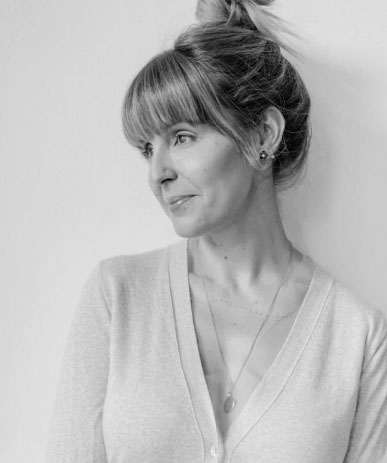
est auteure, conférencière, chroniqueuse et podcasteuse dans les domaines de l'architecture et des arts décoratifs. Elle termine sa maîtrise en histoire de l'art à l'Université Concordia, à Montréal, et détient un baccalauréat en commerce avec une majeure en marketing de la John Molson School of Business. Elle a étudié la psychologie industrielle à Los Angeles, en Californie. Sicotte est l'auteure de deux ouvrages publiés sur le design (2015, 2018) aux éditions Cardinal.
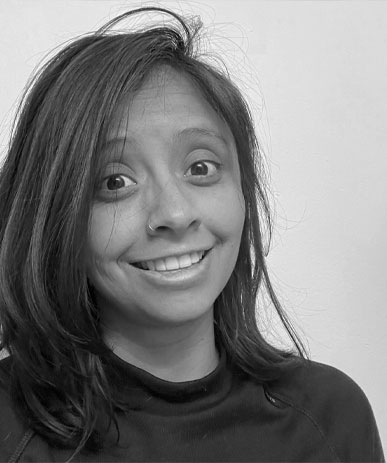
est candidate colombienne au doctorat au Département d'histoire de l'art de l'Université Concordia. Elle a une formation en design architectural et en activisme communautaire et détient une maîtrise en bâtiment et design urbain de la Bartlett School of Architecture à Londres, en Angleterre. Ses intérêts se concentrent sur l'art socialement engagé, les mouvements sociaux, l'activisme collaboratif dans des scénarios post-conflit, l'art produit collectivement et l'art produit en relation avec le cadre bâti.
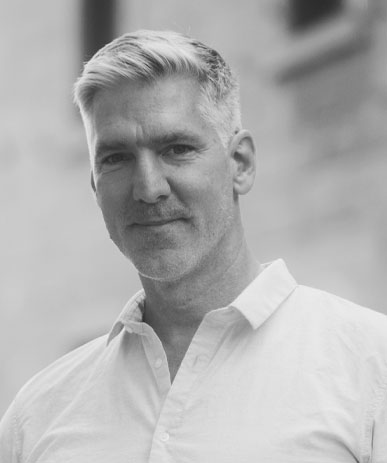
est candidat au doctorat en sciences humaines à l'Université Concordia. Ses recherches portent sur l'agentivité spatiale, l'esthétique sociale, les récits des jeunes et les représentations graphiques de la mémoire urbaine. Il a publié sur la relation entre les enfants, le jeu et l'espace public à Carthagène, en Colombie. Il a également travaillé comme éditeur sur des projets littéraires, dont Territorio Fértil, qui a reçu le prix María Nelly Murillo Hinestroza pour la littérature afro-colombienne.
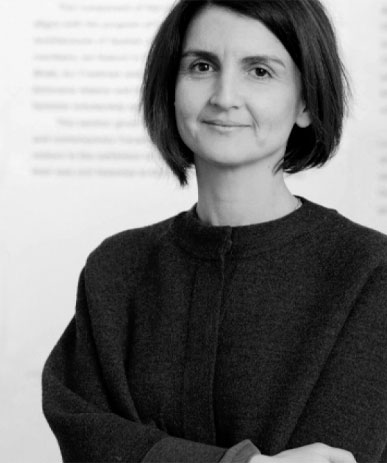
est professeure agrégé et Chaire de recherche du Canada en architectures de justice spatiale (niveau 2) à l'École d'architecture Peter Guo-hua Fu de l'Université McGill, Montréal, Québec, Canada. Ses intérêts de recherche comprennent le logement à loyer modique et le design participatif, la protestation civile et le design urbain, ainsi que les paysages des campus et la race. Ses publications incluent le livre co-édité, Orienting Istanbul (2010) et le livre (auteure unique), Istanbul Open City (2018).
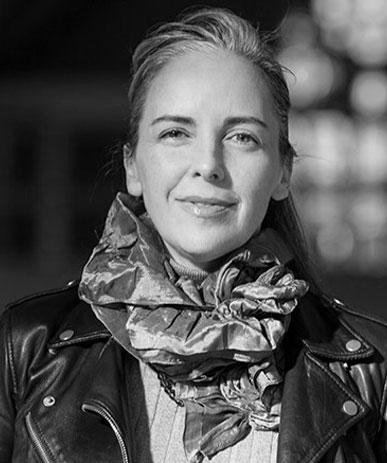
est artiste et professeure d'histoire de l'art à l'Université Concordia. Ses travaux portent sur les femmes et l'histoire du cadre bâti, les paysages urbains, la recherche-création et l'histoire orale. Elle a publié sur l'histoire spatiale du mouvement pour le suffrage des femmes, l'art public, les jardins et les politiques du changement urbain. En plus de ses recherches sur les espaces de justice réparatrice et transitionnelle, elle dirige un projet d'histoire orale sur les mémoires urbaines des montréalais et montréalaises.
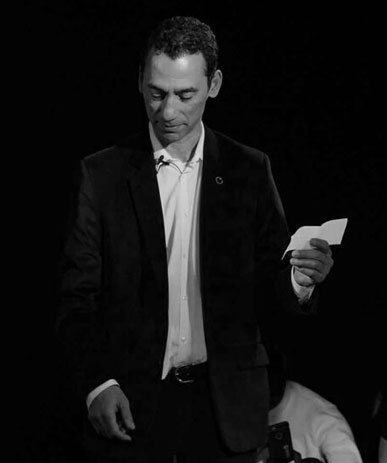
est un ancien titulaire de la Chaire de recherche du Canada en interprétation de l'histoire orale (2016-2021). Il est professeur agrégé au Département de théâtre de l'Université Concordia et codirecteur du Centre d’histoire orale et de récits numérisés (CHORN) de Concordia. Sa subvention de la Fondation canadienne pour l'innovation en infrastructure lui a permis de créer le Laboratoire d'écoute active (ALLab) en 2018. Basé au CHORN, l'ALLab est un centre de recherche-création de premier plan pour le pouvoir transformateur de l'écoute.